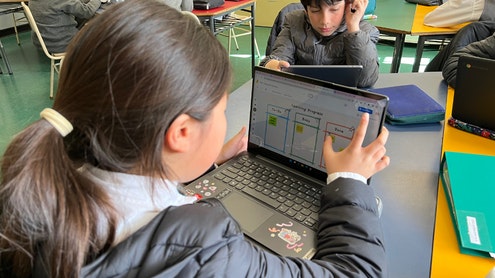Homepage
•
Learning Library
•
Blog
•
Empowering Students to Develop an Agile Mindset
Expand breadcrumbs
Expand breadcrumbs
- Learning Library
- Blog
- Empowering Students to Develop an Agile Mindset
- Homepage
- •
- Learning Library
- •
- Blog
- •
- Empowering Students to Develop an Agile Mindset
Empowering Students to Develop an Agile Mindset
By Greta Sandler
October 5, 2022








